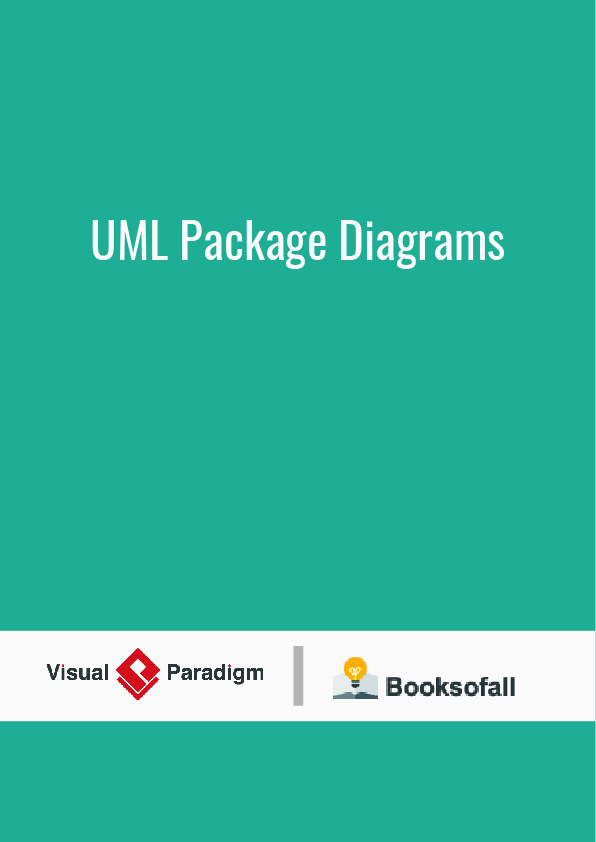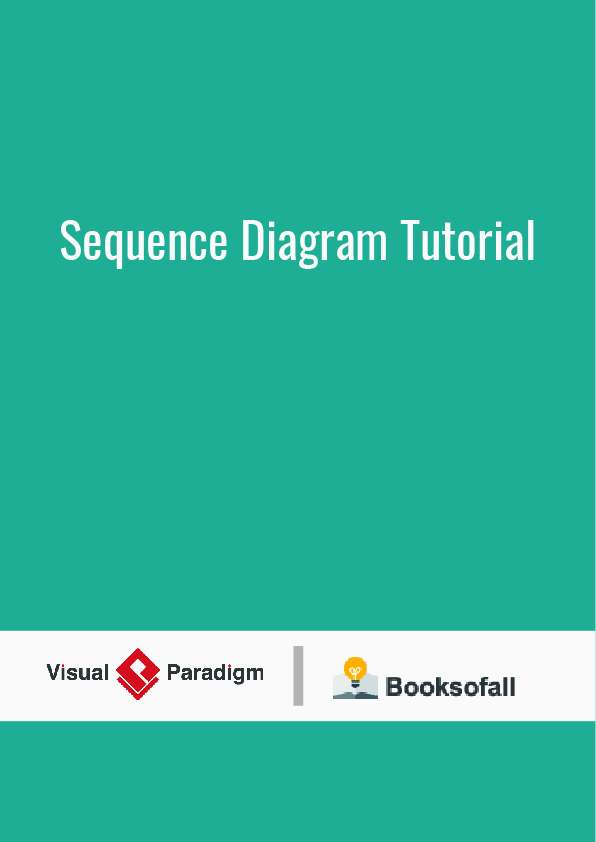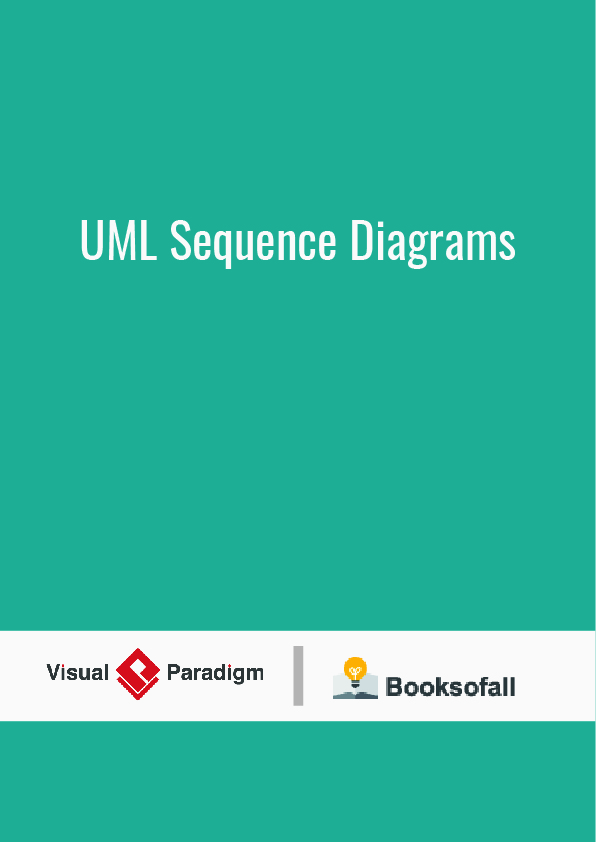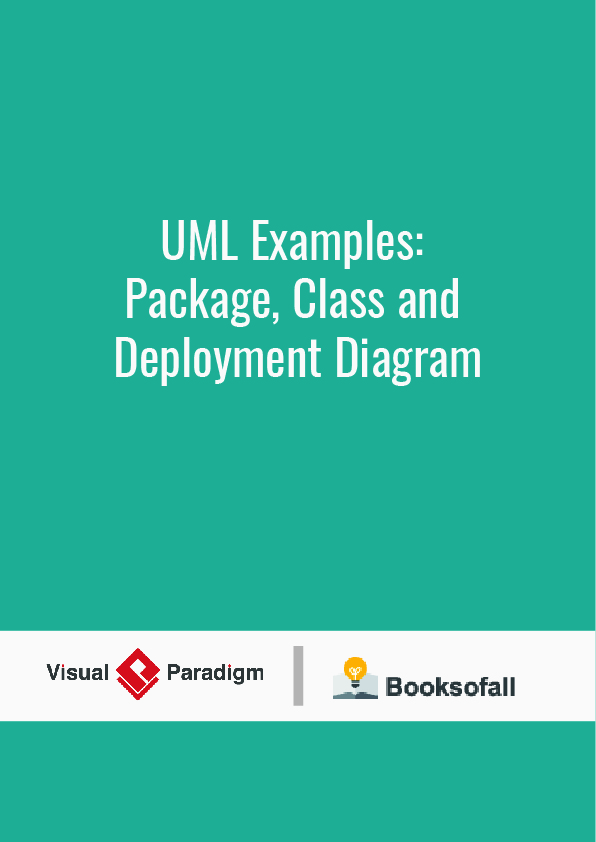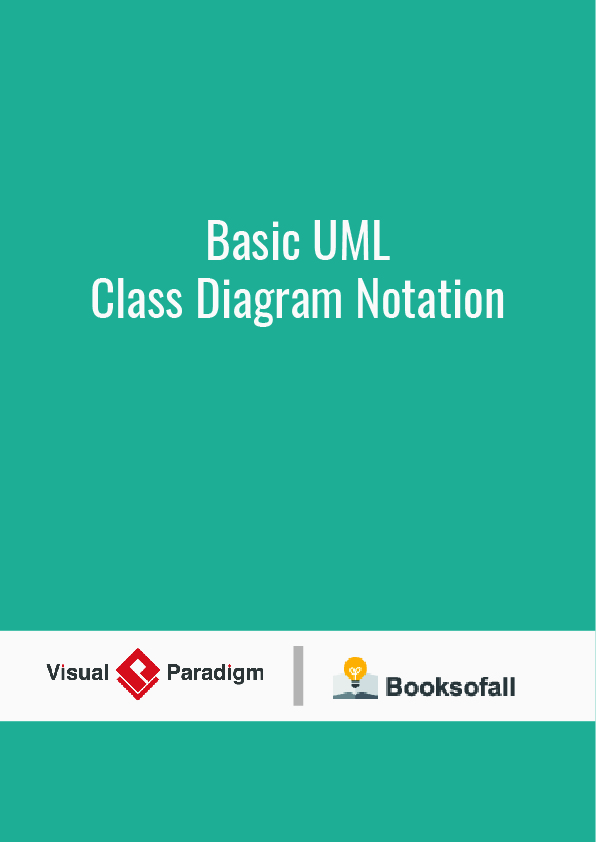Pendahuluan
■ Activity Diagram diperlukan untuk menggambarkan proses bisnis dan urutan aktivitas dalam sebuah proses
■ Activity Diagram juga dipakai pada business modeling untuk memperlihatkan urutan aktifitas proses bisnis
■ Struktur diagram ini mirip flowchart atau Data Flow Diagram pada perancangan terstruktur
■ Activity Diagram sangat bermanfaat apabila kita membuat diagram ini terlebih dahulu dalam memodelkan sebuah proses untuk membantu memahami proses secara keseluruhan
■ Activity diagram dibuat berdasarkan sebuah atau beberapa use case pada use case diagram
■ Activity Diagram berhubungan dengan diagram Statechart. Diagram Statechart fokus pada obyek dalam suatu proses (atau proses menjadi suatu obyek), sedangkan Activity Diagram fokus pada aktifitas-aktifitas yang terjadi yang terkait dalam suatu proses tunggal.
■ Dengan kata lain, diagram ini menunjukkan bagaimana aktifitas-aktifitas tersebut bergantung satu sama lain
■ Yang perlu diperhatikan disini adalah bahwa diagram aktivitas menggambarkan aktivitas sistem bukan apa yang dilakukan aktor
■ Activity Diagram merupakan state diagram khusus, dimana sebagian besar state adalah action dan sebagian besar transisi di-trigger oleh selesainya state sebelumnya (internal processing).
■ Oleh karena itu Activity Diagram tidak menggambarkan behaviour internal sebuah sistem (dan interaksi antar subsistem) secara eksak, tetapi lebih menggambarkan proses-proses dan jalur-jalur aktivitas dari level atas secara umum.
■ Sebuah aktivitas dapat direalisasikan oleh satu use case atau lebih. Aktivitas menggambarkan proses yang berjalan, sementara use case menggambarkan bagaimana aktor menggunakan sistem untuk melakukan aktivitas.
Activity diagrams are graphical representations of workflows of stepwise activities and actions with support for choice, iteration and concurrency. In the Unified Modeling Language, activity diagrams are intended to model both computational and organizational processes (i.e., workflows), as well as the data flows intersecting with the related activities. Although activity diagrams primarily show the overall flow of control, they can also include elements showing the flow of data between activities through one or more data stores.
Activity diagrams are constructed from a limited number of shapes, connected with arrows. The most important shape types:
ellipses represent actions;
diamonds represent decisions;
bars represent the start (split) or end (join) of concurrent activities;
a black circle represents the start (initial node) of the workflow;
an encircled black circle represents the end (final node).
Arrows run from the start to the end and represent the order in which activities happen.
Activity diagrams can be regarded as a form of a structured flowchart combined with a traditional data flow diagram. Typical flowchart techniques lack constructs for expressing concurrency. However, the join and split symbols in activity diagrams only resolve this for simple cases; the meaning of the model is not clear when they are arbitrarily combined with decisions or loops.[citation needed]
While in UML 1.x, activity diagrams were a specialized form of state diagrams, in UML 2.x, the activity diagrams were reformalized to be based on Petri net-like semantics, increasing the scope of situations that can be modeled using activity diagrams. These changes cause many UML 1.x activity diagrams to be interpreted differently in UML 2.x.[citation needed]
UML activity diagrams in version 2.x can be used in various domains, e.g. in design of embedded systems. It is possible to verify such a specification using model checking technique.




